|
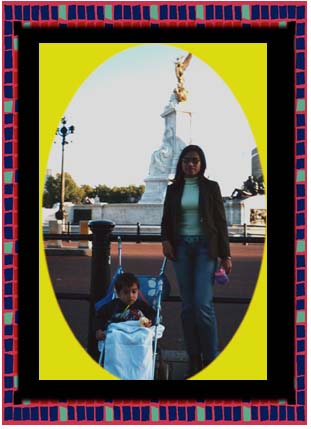
The imposing Victoria Memorial, loved and hated in equal
measure for its grandiose, flamboyant style, stands outside Buckingham Palace.
Queen Victoria reigned from 1837 to 1901. During her reign, Britain reached the
height of power and influence, being unquestionably the most powerful nation on
earth. The memorial is a fitting tribute to the great reign of a great monarch.
These days, it also serves as a reminder of past glories, swept away by the
burden of two world wars and the decline of ideals of adventure and service. |
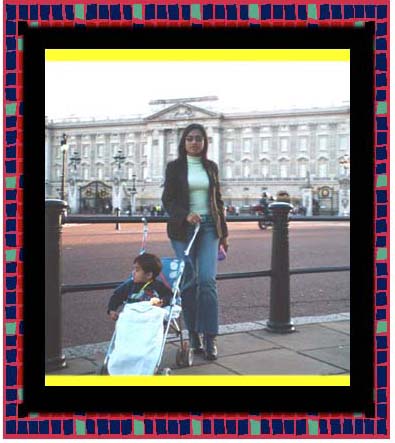
BUCKINGHAM PALACE is the
London residence of the Monarch, Queen Elizabeth II. It is a
magnificent classical building, originally designed for the Duke of
Buckingham but bought from him by George III in 1761. The present
building was designed by the architect John Nash in the 1820s, but
the front was remodelled in a more severe style in the early 20th
century by Aston Webb. |
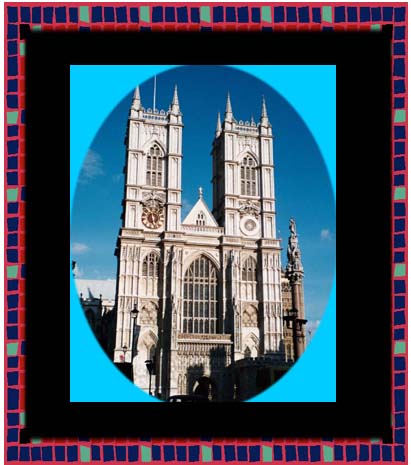
Westminster Abbey was originally founded by King Edward
the Confessor and dedicated in 1066 - the year at the end of which England had
been conquered by the Normans. In those days it was surrounded by fields, in the
countryside West of London. Today, it is more or less in the centre of a
gigantically expanded modern London. It stands opposite the Palace of
Westminster (otherwise known as the Houses of Parliament), and is the site for
all great ceremonial state religious occasions such as coronations. Many of
Britain's most famous people are buried in the Abbey. |
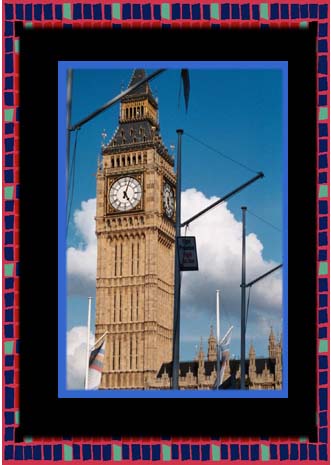 ` `
Big Ben' is one of the most famous London landmarks. It
is the clock tower at the Eastern end of the Palace of Westminster, which is
where the British parliament sits. On national news programmes, the chimes of
Big Ben are used to signal the time. |
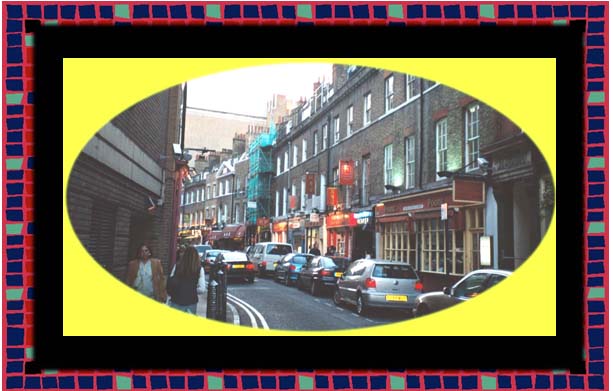
CHINA TOWN, LONDON is a
set of streets in an area called Soho, near the West End, which is
almost exclusively occupied by Chinese people. There are many
Chinese businesses based here including supermarkets, restaurants
and import / export firms.
|
|